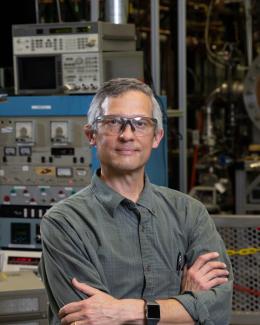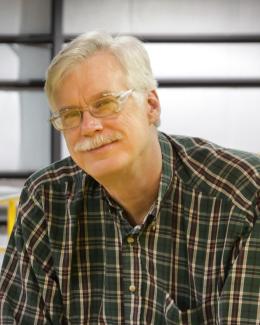Abstract
Start-up technique reported here relies on a double mode conversion (MC) for electron Bernstein wave (EBW) excitation. It consists of MC of the ordinary (0) mode, entering the plasma from the low field side of the tokamak, into the extraordinary (X) mode at a mirror-polarizer located at the high field side. The X mode propagates back to the plasma, passes through electron cyclotron resonance (ECR) and experiences a subsequent X to EBW MC near the upper hybrid resonance (UHR). Finally the excited EBW mode is totally absorbed at the Doppler shifted ECR. The absorption of EBW remains high even in cold rarefied plasmas. Furthermore, EBW can generate significant plasma current giving the prospect of a fully solenoid-free plasma start-up. First experiments using this scheme were carried out on MAST [1]. Plasma currents up to 33 kA have been achieved using 28 GHz 100kW 90ms RF pulses. Recently experimental results were extended to longer RF pulses showing further increase of plasma currents generated by RF power alone. A record current of 73kA has been achieved with 450ms RF pulse of similar power. The current drive enhancement was mainly achieved due to RF pulse extension and further optimisation of the start-up scenario.



